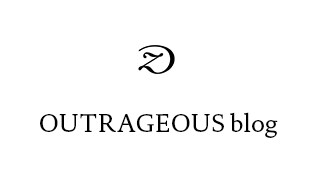
Martin Ramriez, c. 1960-63, Gouache, colored pencil and graphite on pieced paper
28 x 43 cm
Image courtesy: Ricco/Maresca Gallery, New York
Martin Ramirez. Reframing Confinement
Museo Nacional Centro de Arte Reina Sofia / Madrid
Exhibition from March 31 until July 12, 2010
Curated by Brooke Davis Anderson
This exhibition on Martín Ramírez will bring together some eighty drawings from 1948 to 1963, exploring this artist’s extraordinary production. These works highlight Ramírez’s memories of Mexico, as well as his encounter with the North American landscape and the richness of his unique imagination. Art critics celebrate Ramírez’s oeuvre for its bold lines, meticulous repetitions and extraordinary variations within the same themes addressed consistently by the artist. Also to be shown together with these works is a selection of drawings discovered in a garage in California in 2007, which have not yet been exhibited outside New York.








